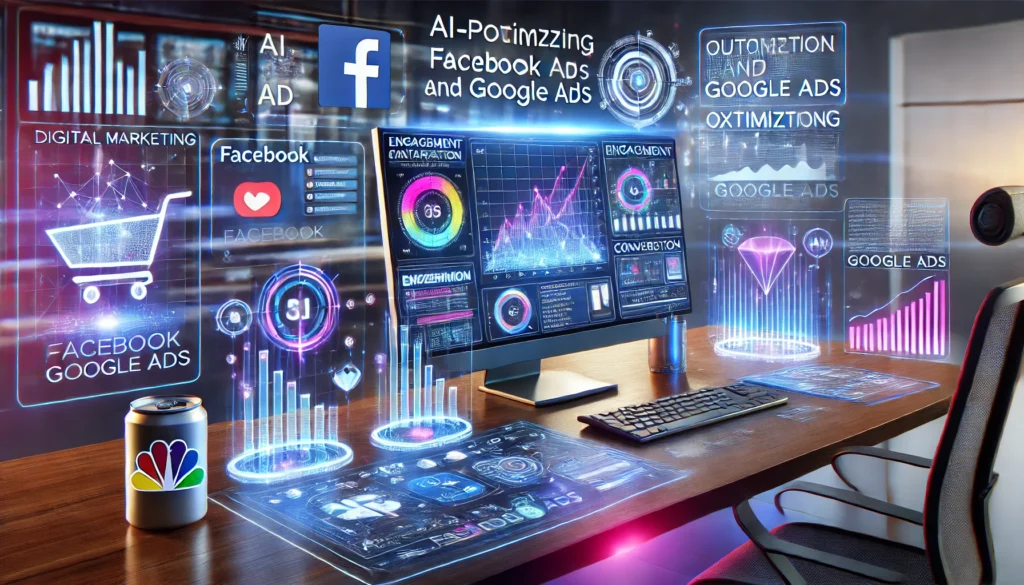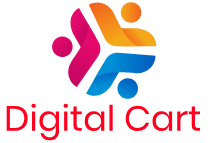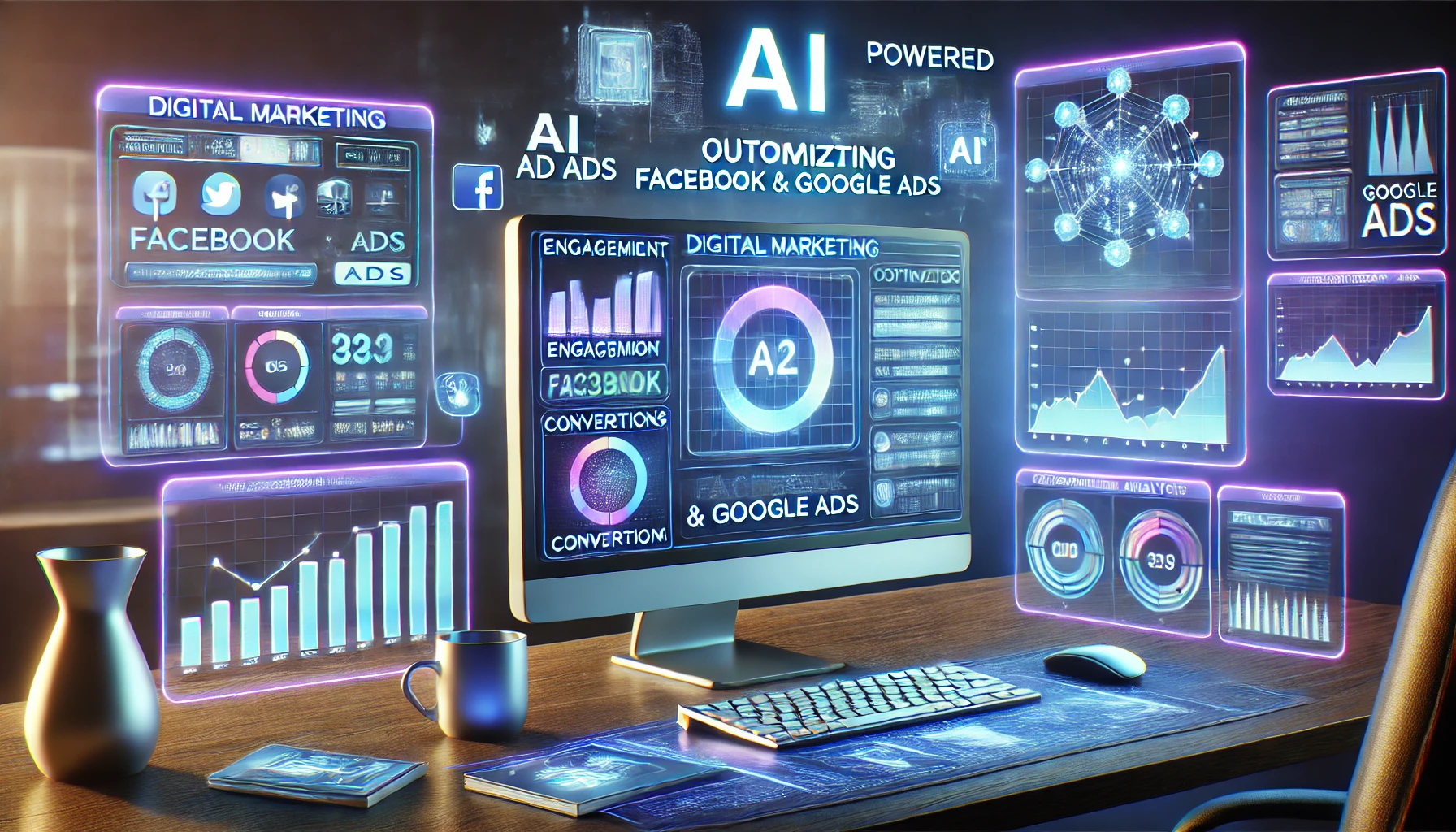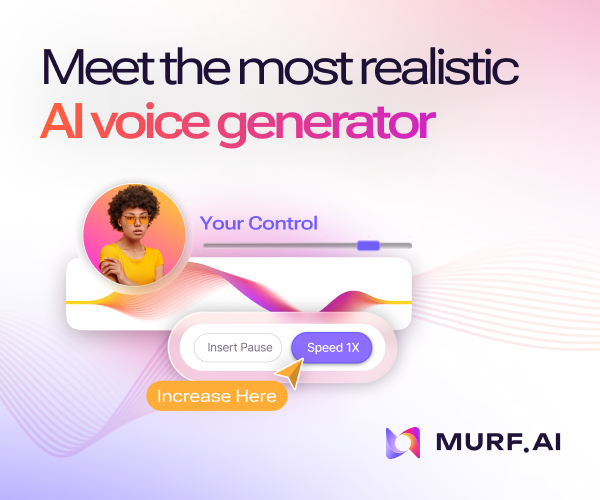Optimizing Facebook and Google Ads with AI can significantly enhance your marketing efforts, allowing you to reach the right audience more effectively and efficiently. As businesses increasingly rely on digital advertising, understanding how to leverage AI tools is crucial for maximizing return on investment (ROI) and driving traffic.
This article will explore the power of AI in ad optimization, providing actionable insights and case studies to help you elevate your advertising strategy.

The Role of AI in Advertising
AI technology has transformed the landscape of digital advertising. With the ability to analyze vast amounts of data quickly, AI helps marketers make informed decisions about targeting, budgeting, and creative strategies. According to industry reports, businesses using AI-driven advertising solutions have seen an average 30% increase in ROI compared to traditional methods.
Key Benefits of Using AI for Ads
- Enhanced Audience Targeting
AI tools analyze user behavior, preferences, and demographics to identify specific audience segments. For instance, Facebook’s Lookalike Audiences feature uses AI to find new users similar to your best customers, expanding your reach effortlessly. - Dynamic Ad Creation
Creating ads that resonate with diverse audiences can be challenging. AI simplifies this with dynamic ad creation capabilities. Google’s Responsive Search Ads automatically test various headlines and descriptions to determine the most effective combinations for each user. - Budget Optimization
One of the most significant advantages of AI is its ability to optimize ad budgets in real-time. Tools like Google’s Smart Bidding adjust your bids based on performance data, ensuring that your budget is allocated effectively across campaigns. - Automated Reporting and Insights
Analyzing ad performance can be overwhelming. AI simplifies this process by providing automated reporting that highlights key metrics and insights, allowing marketers to make data-driven decisions quickly.
Implementing AI in Your Advertising Strategy
Step 1: Choose the Right Tools
Select AI-powered platforms that align with your advertising goals. Some popular options include:
- AdScale: This platform automates ad creation and optimization across Google and Facebook, using proprietary data signals for precise targeting.
- Optmyzr: Provides AI-driven recommendations for bid adjustments and keyword management, enhancing campaign performance.
Step 2: Automate Routine Tasks
Utilize AI to automate repetitive tasks such as keyword tracking and performance analysis. This allows you to focus on strategic initiatives rather than getting bogged down by manual processes.
Step 3: Monitor Performance
Regularly review your campaigns using AI analytics tools to identify trends and areas for improvement. Adjust your strategies based on real-time data to stay competitive.
Managing advertisements: Advanced AI applications like Acquisio and WordStream can wish through big data and extract information as to which audience should be targeted. The synopsis of consumer’s behavior, their taste, and even the age and gender offer a clear direction of developing the ad campaigns to engage their consumers therey increasing the conversion rates.
Social networking advertising: AdCreative.ai and Persado offer the development of unique advertisements through the use of artificial intelligence to come up with better appealing and convincing ads. Also, AI filters and targets advertisement features leads to more effectiveness and relevance. The above is possible because it increases engagement hence improves on the conversion rate.
Bid and Budget Control: Several plans like AdRoll and Google on Smart Bidding help in the automatic bid and budget control in real-time. AI helps in managing bidding smartely to optimize the ad placement, thus reducing the expenditure cost on ads.
Performance Monitoring: Thus, it is possible to track certain indicators and analyze how ads are doing using various platforms that are considered to be AI-powered, like Mixpanel or Kissmetrics. Exceptional reporting: AI is capable of monitoring parameters such as click through rate and conversions; thus, it helps in making better decisions and constant modification of the advertisement.
How to Use AI to Improve Conversion Rates in Digital Marketing
Case Studies: Success Stories with AI
Fitness Subscription Service
A recent campaign for a fitness subscription service utilized Facebook’s Dynamic Creative tools alongside Lookalike Audiences. By analyzing customer data, the campaign achieved a 50% increase in sign-ups within two months and reduced cost-per-acquisition by 35%. This illustrates how targeted strategies powered by AI can yield substantial results.
E-commerce Growth with AdScale
AdScale has helped numerous e-commerce businesses boost their ad performance through automated targeting and creative optimization. By leveraging its advanced algorithms, clients have reported up to a 240% increase in conversion rates, showcasing the effectiveness of AI-driven advertising solutions.
Conclusion
The integration of AI into your Facebook and Google Ads strategy is essential for maximizing efficiency and effectiveness in today’s competitive digital landscape. By leveraging advanced audience targeting, dynamic ad creation, budget optimization, and automated reporting, businesses can achieve remarkable results.
Embrace the power of AI in your advertising efforts today to enhance your campaigns, drive more traffic, and ultimately increase your ROI. As technology continues to evolve, staying ahead of the curve will ensure that your marketing strategies remain relevant and impactful!








